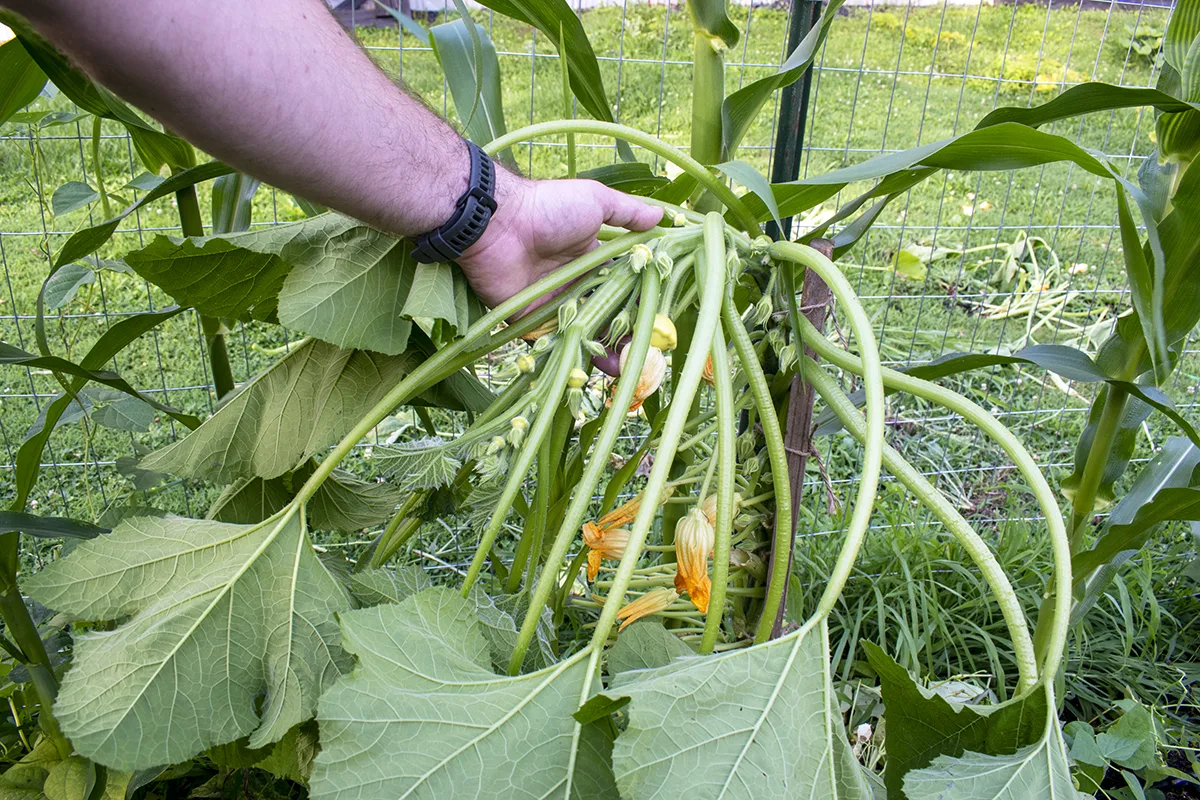
If there’s one vegetable that everyone jokes about having too much of, it’s zucchini.
But what happens when you feel like you’re doing everything right, and you’re just not getting an abundance of those crisp, green summer squash?
Believe it or not, sometimes getting this popular cucurbit going can take a little extra effort. But once you know the tips and tricks of growing tons of zucchini, you’ll be passing them off to your neighbors in no time.
Zucchini – the favorite summer squash
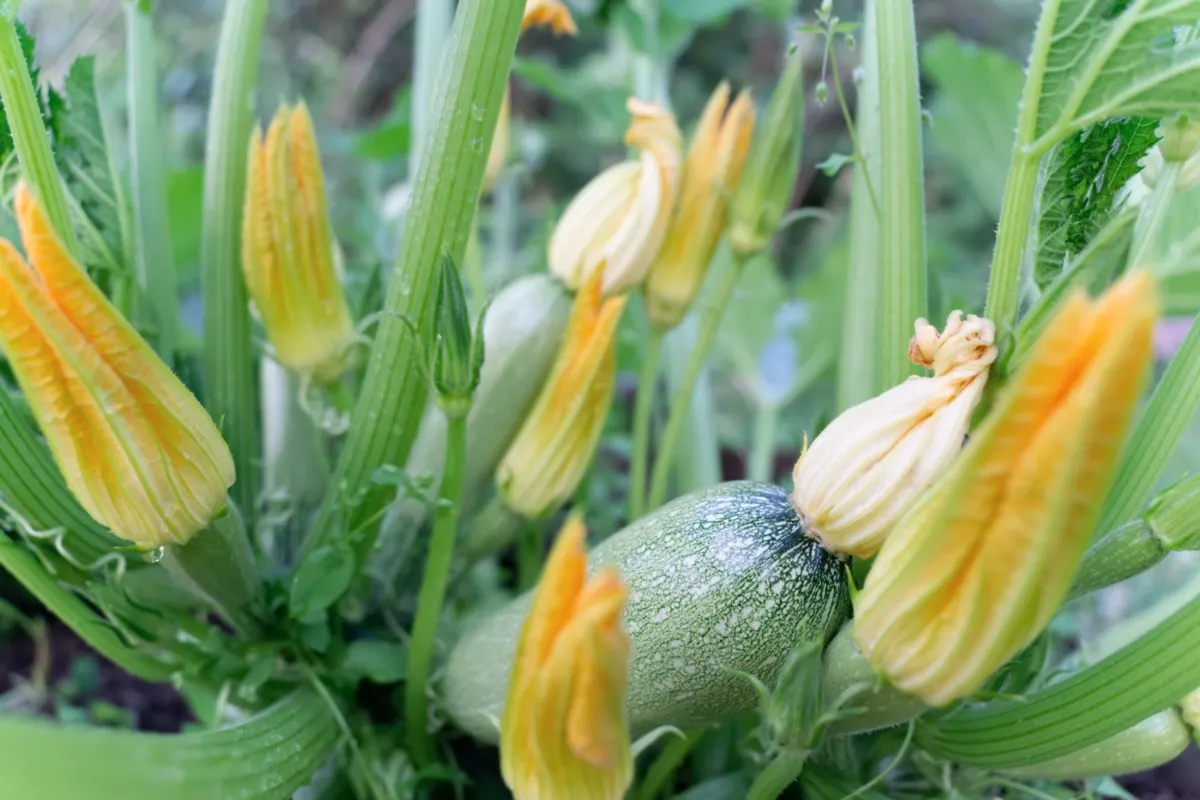
Summer squash are types of squash that are harvested while they’re still young and the skin still tender, and zucchini is the perennial favorite.
If you’ve ever had a zucchini disappear on you, only to be found days later as a giant green baseball bat, you know how tough and unpalatable they can become if they aren’t picked when they’re young. (However, these are great to save for seeds.)
Zucchini are not frost hardy and must be planted outside after all danger of frost has passed. They prefer soil with good drainage in an area of the garden that gets plenty of sun. Zucchini can suffer from a host of pests and diseases each year. But don’t worry, Elizabeth can help you diagnose and treat fifteen common zucchini pests and diseases.
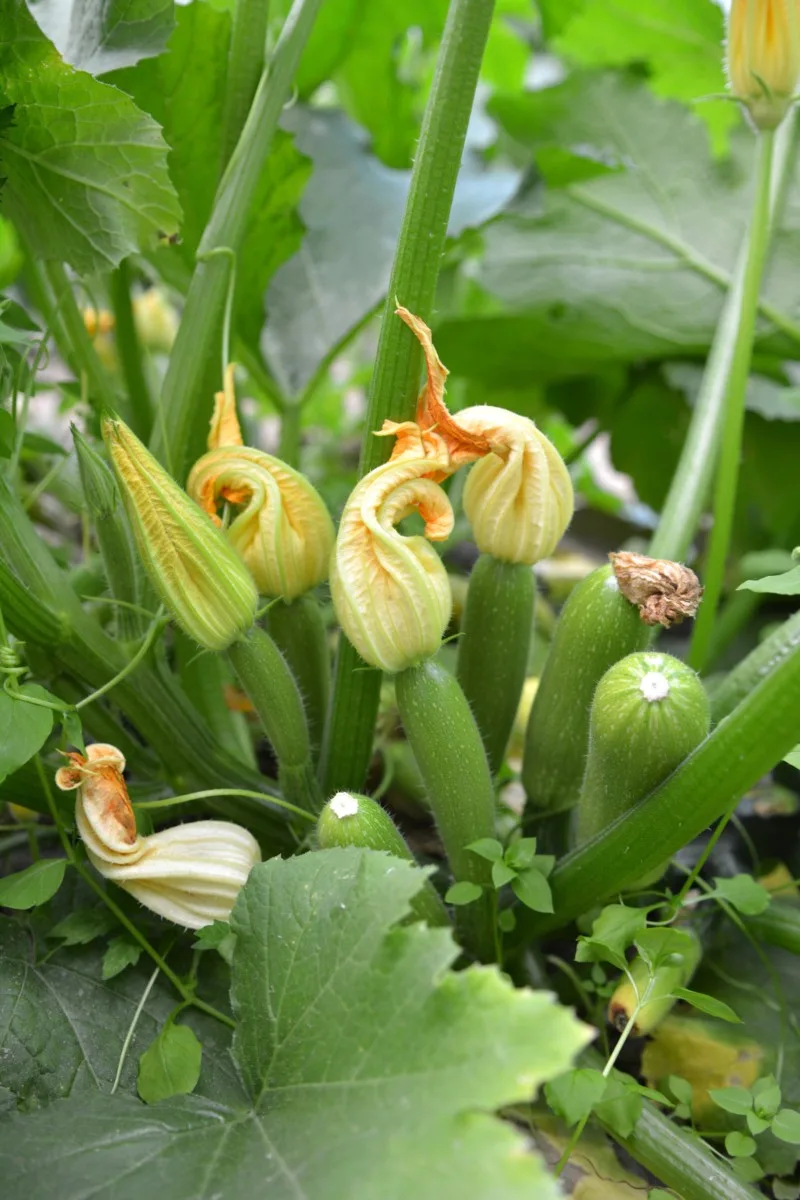
In this article, though, we’re going to take a look at a few things you can do to get your biggest zucchini harvest yet. The secrets to plenty of zucchini start in the spring and go right up to the first frost.
1. Start Them Off Right
One of the best things you can do for your zucchini is to make sure they get off to a solid and healthy start. The easiest way to do this is to add a couple of trowels of compost and a trowel full of worm castings to the soil where you plan to plant your seed or your transplant.

Mix the compost and worm castings into those first few inches of soil. You want to keep this soil amendment concentrated in the area where your plant will establish its root zone.
The compost will provide your zucchini with a boost of nutrients to help it thrive throughout the season while improving the soil overall. The worm castings will help create good soil structure to improve drainage, act as a slow-release fertilizer, and ward off certain soft-bodied pests. Don’t forget to plant a few companion crops too.
2. Plant a Decoy
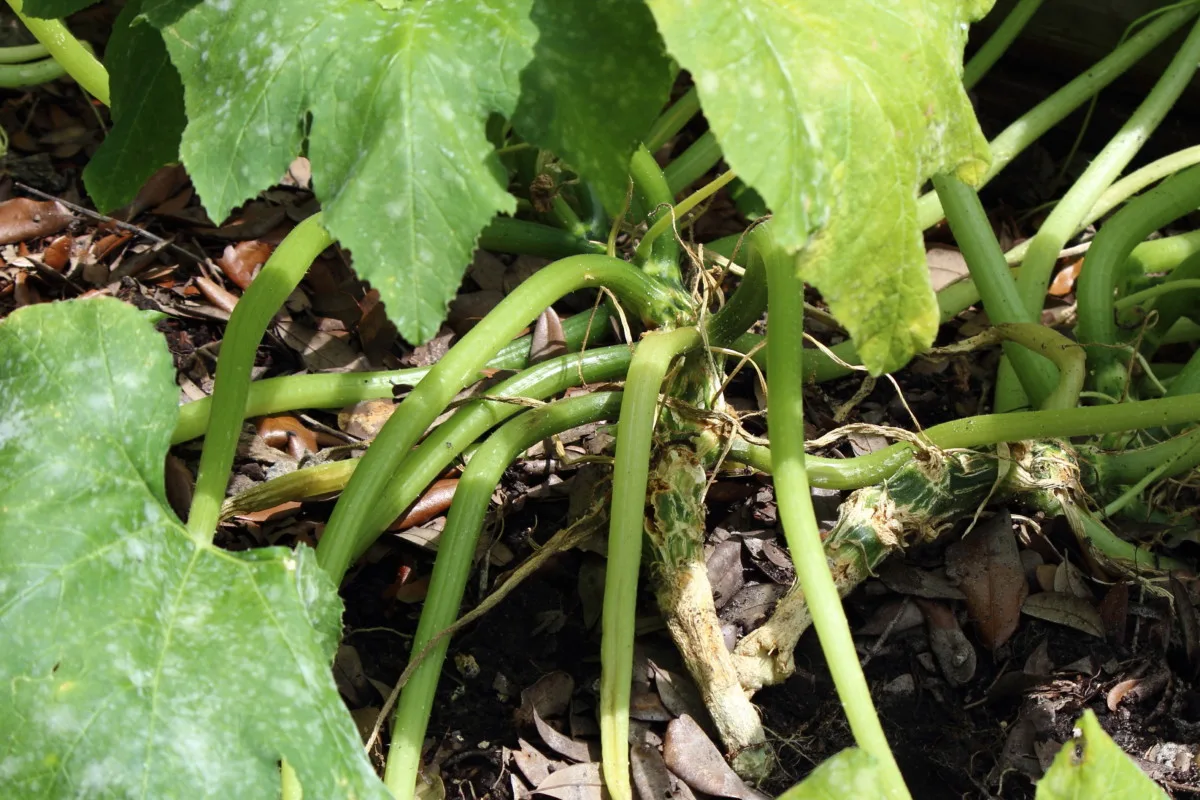
As we’ve already pointed out, summer squash, in particular, falls prey to many hungry pests each summer. One of the easiest ways to keep those pests at bay is to use a trap crop. If you’ve never heard of this practice, take a few moments to check out Cheryl’s article on the benefits of using trap crops in your garden.
The perfect trap crop for your zucchini is the blue hubbard squash. Plant your trap crop away from your zucchini. On the other side of the garden would be a great place for it.
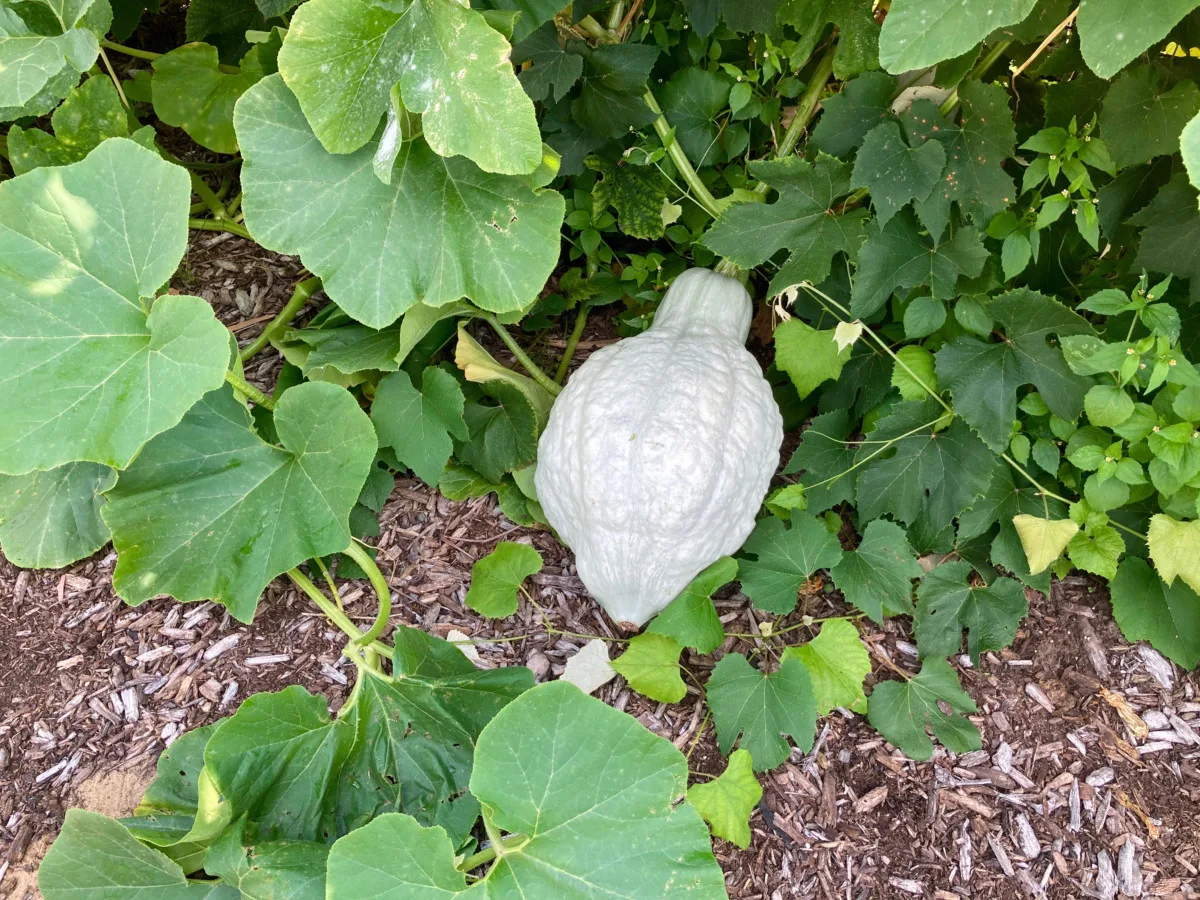
Not only do most squash pests prefer the blue hubbard to your zucchini, but this particular trap crop will also draw common cucumber pests to it as well.
It’s a win-win situation. Your zucchini, other summer squash and cucumbers are protected, and you may even end up with some tasty hubbard squash in the fall too.
3. Help Out Your Neighborhood Pollinators
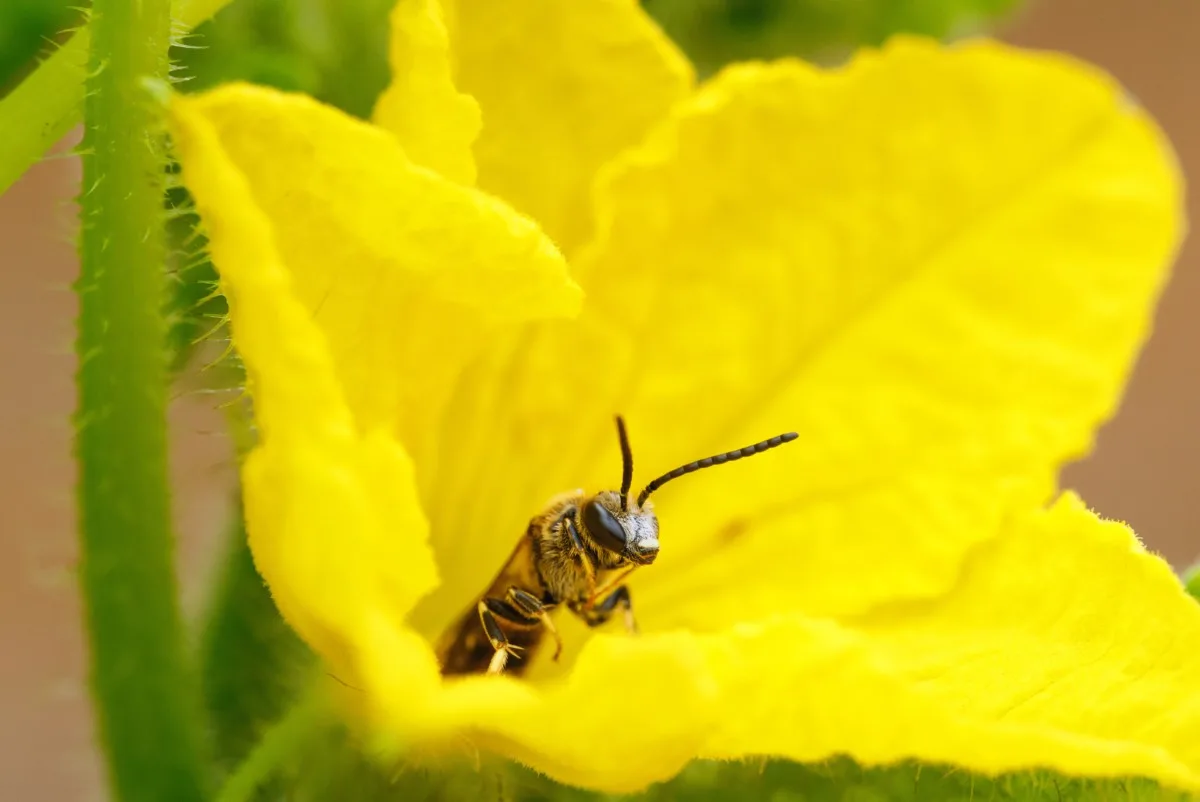
Unfortunately, the pollinator population is declining at an astonishing rate year after year. And it seems most people don’t know how devastating the effects of this loss are until it hits close to home. This loss can be felt for gardeners with smaller yields, as there are fewer pollinators to pollinate the flowers on our vegetable crops.
This is also a major problem for commercial farming. Often, European honeybees are imported specifically to pollinate commercial crops.
But at home, we can use a much simpler method – hand pollination.
To hand pollinate your zucchini plants and ensure more squash, first you need to know the difference between the male and female flowers. Don’t worry; they’re easy to tell apart.
The male flowers (which often appear first when your zucchini plant is just starting out) grow on a long slender stem, ending in a bright fuzzy, yellow flower. The female flowers will have a short, stubby stalk with a flower on the end. It will look as though they’re growing off of a small squash.
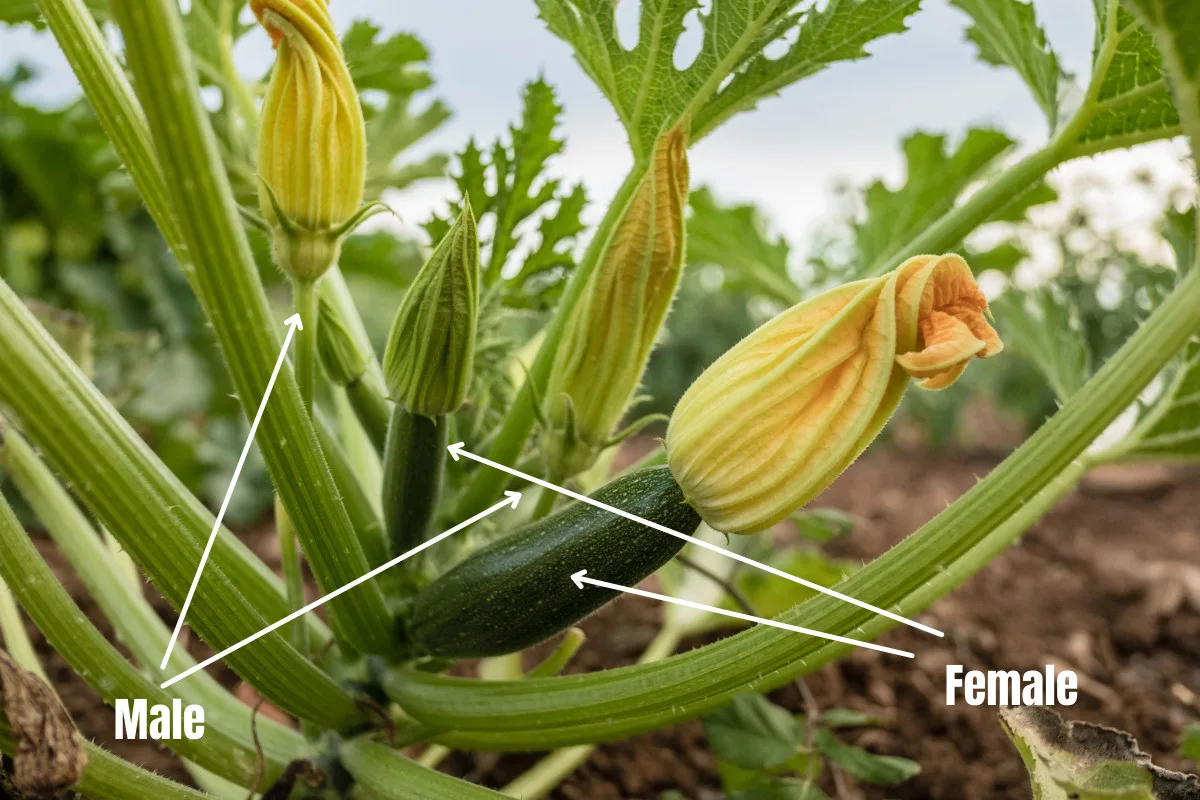
A note about blossom end rot
When it comes to zucchini, many people confuse insufficient pollination for blossom end rot. If you notice you get lots of tiny squash that start to grow, only to have the flower fall off and the end turns soft and brown, this is not blossom end rot. Rather, this results from a female squash flower not being pollinated.
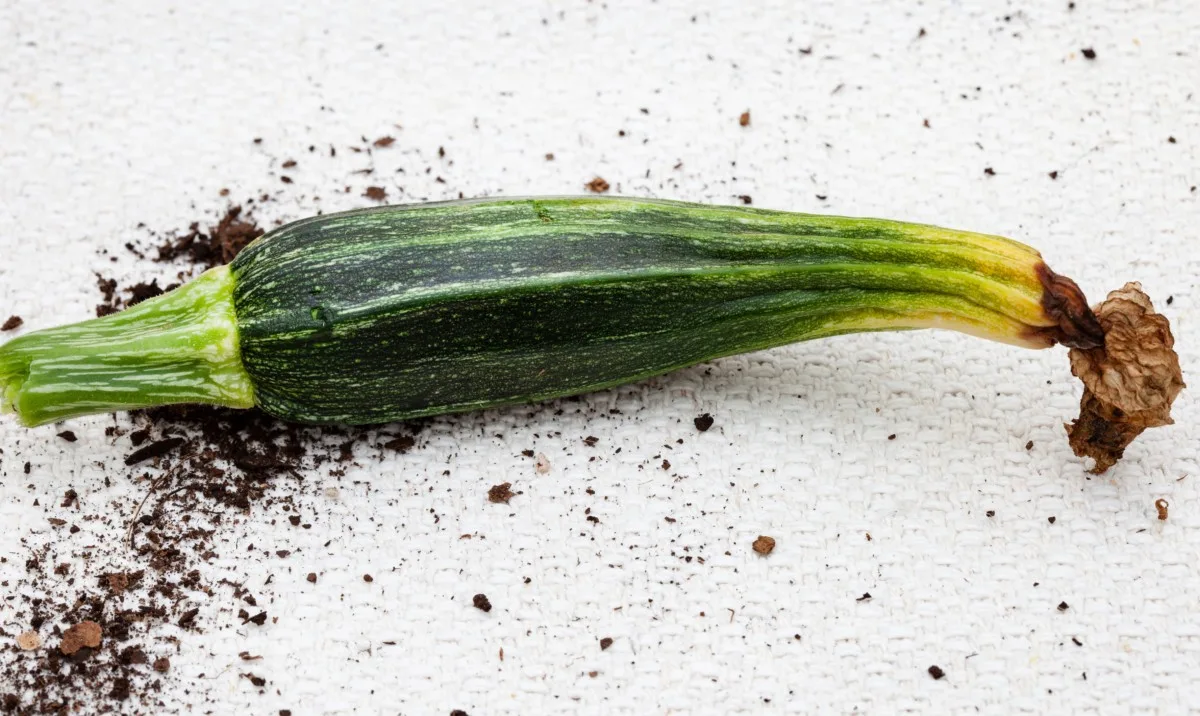
It’s easy to confuse the two if you’ve had issues with blossom end rot elsewhere in the garden.
People often begin watering more or adding calcium to their soil when they’re actually trying to fix the wrong problem.
There are two things you can do to prevent this loss of fruit. The first one is to hand-pollinate your flowers. You probably only need to do this at the start of the season; once you start attracting pollinators to your garden, they can take over as the season progresses.
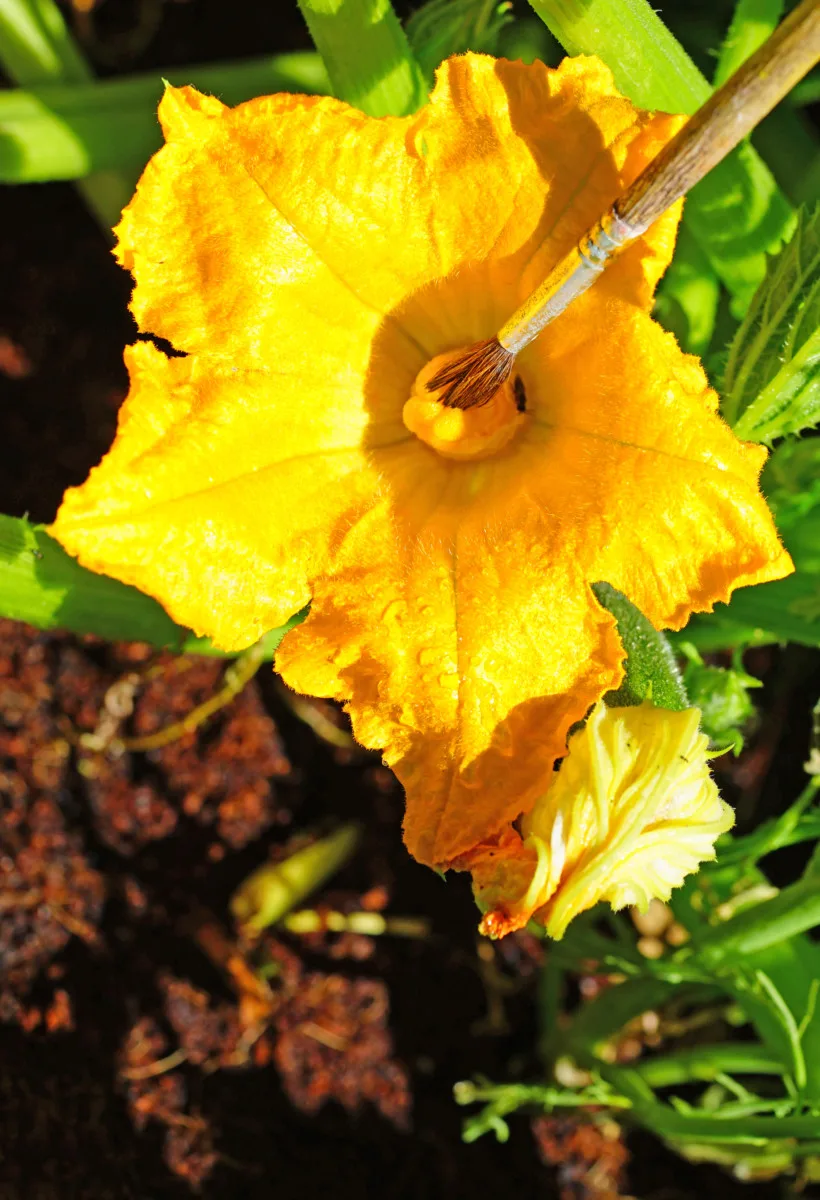
Use a small, clean, dry craft paintbrush and gently swab the inside of a male flower. Make sure you can see the pollen on the fibers of the brush. Now gently swab the inside of a female flower with the brush. Continue pollinating from male to female flowers. You’ll ensure you get plenty of pollinated female flowers, which result in more zucchini!
Now, on to the second way you can prevent the loss of zucchini to low pollination rates.
4. Prune Your Zucchini Plants
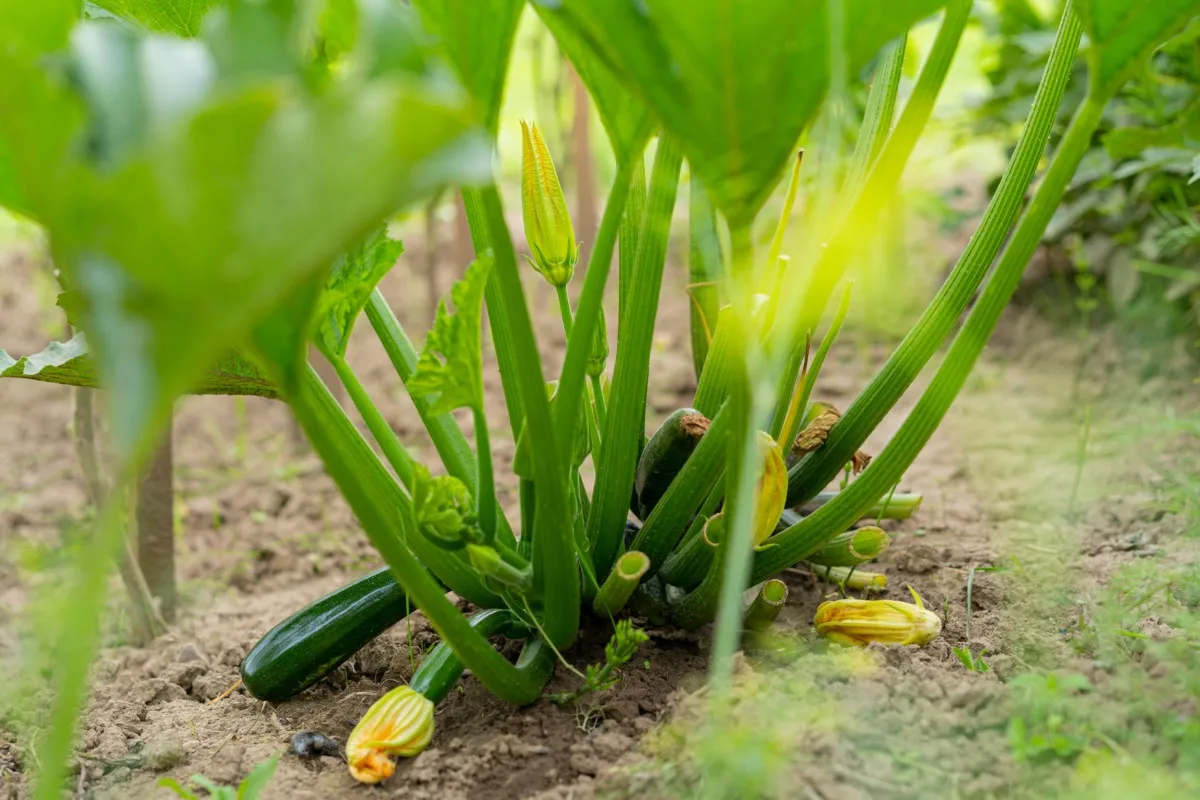
Zucchini has a habit of spreading in the garden. Their leaves are huge, and they sure can take up a lot of space. This can lead to problems for several reasons. The first is having this huge jungle canopy of zucchini leaves makes it more difficult for pollinators to find the flowers.
Those bright yellow flowers are yellow for a reason. But when your pollinators can’t find them in all those leaves, you end up losing potential zucchini in the manner I described earlier.
By pruning your zucchini, you make it easier for pollinators to find the yellow flowers on your plant.
Another important reason to prune your zucchini plant is airflow. Zucchini are notoriously susceptible to powdery mildew.
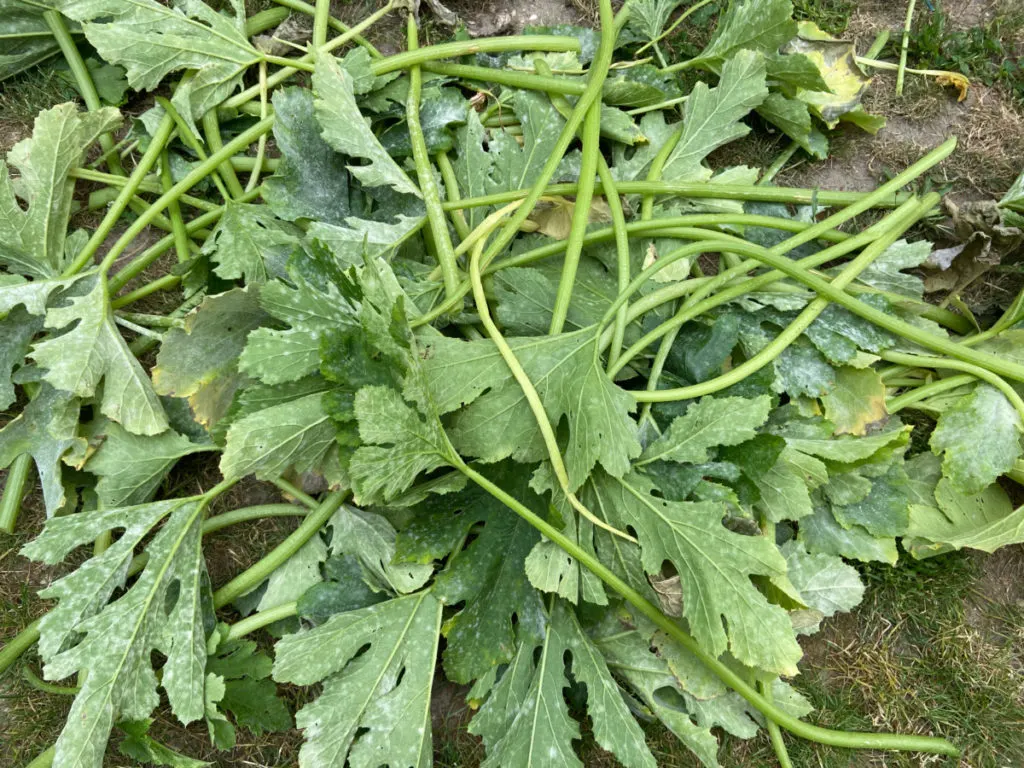
The best way to deal with it is to prevent powdery mildew in the first place; and to do that, you need a plant that gets plenty of airflow and light all the way to the ground.
Start by pruning out any leaves where the stems are broken or lying on the ground. Getting rid of those leaves covering the ground will help prevent pest issues. Then pinch back any leaves that are encroaching on other plants.
Don’t be afraid to prune it back hard; you can easily prune between 30-40% of the plant’s foliage without harming the plant.
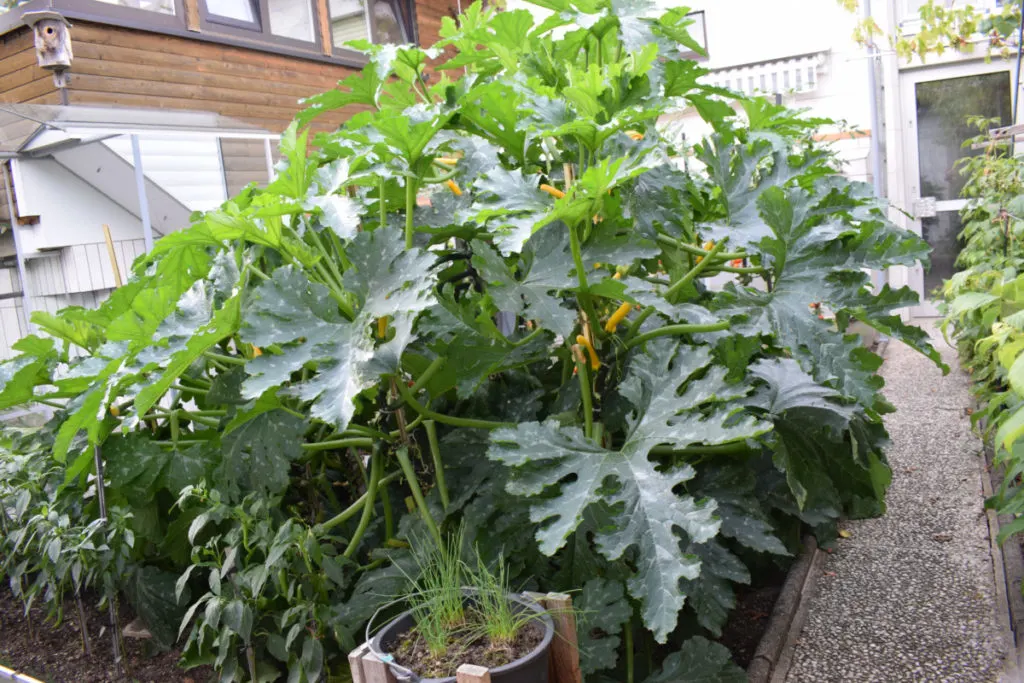
You want the base of the plant to be sun-dappled, not sitting in complete shade. Dark and damp air and soil at the base of your plant is a recipe for trouble. Pruning back your zucchini will also encourage it to put out more fruit.
Another way to increase air flow and sunlight to the base of your plant, is to support your zucchini leaves with a tomato cage or other support structure.
Related Reading:
5. Pick Every Day
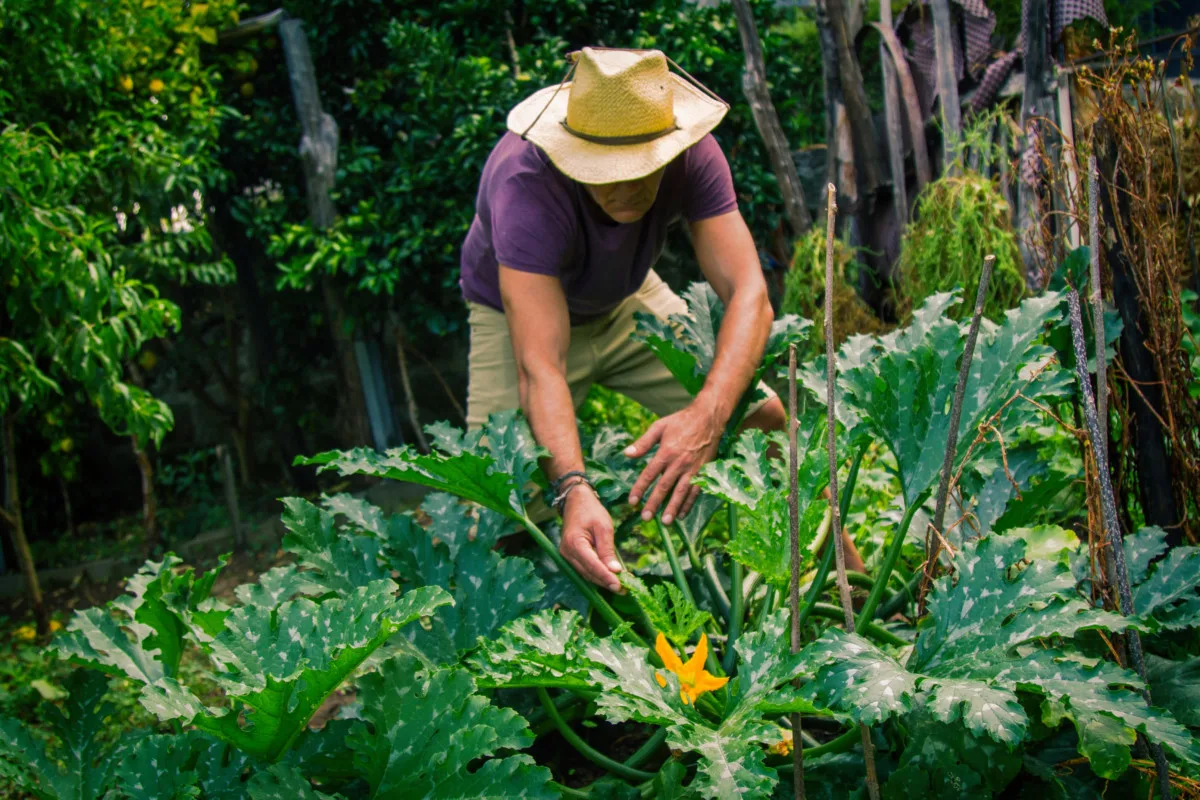
To kick your zucchini plants into high gear, check them over and pick squash from them every day. Zucchini tastes so much better when harvested small and tender anyway. Picking the squash when they are between 5”-8” long signals to the plant that it needs to make more flowers, and thus, more zucchini.
If you let too many squash mature on the plant, it will send chemical signals to slow down or even stop production.
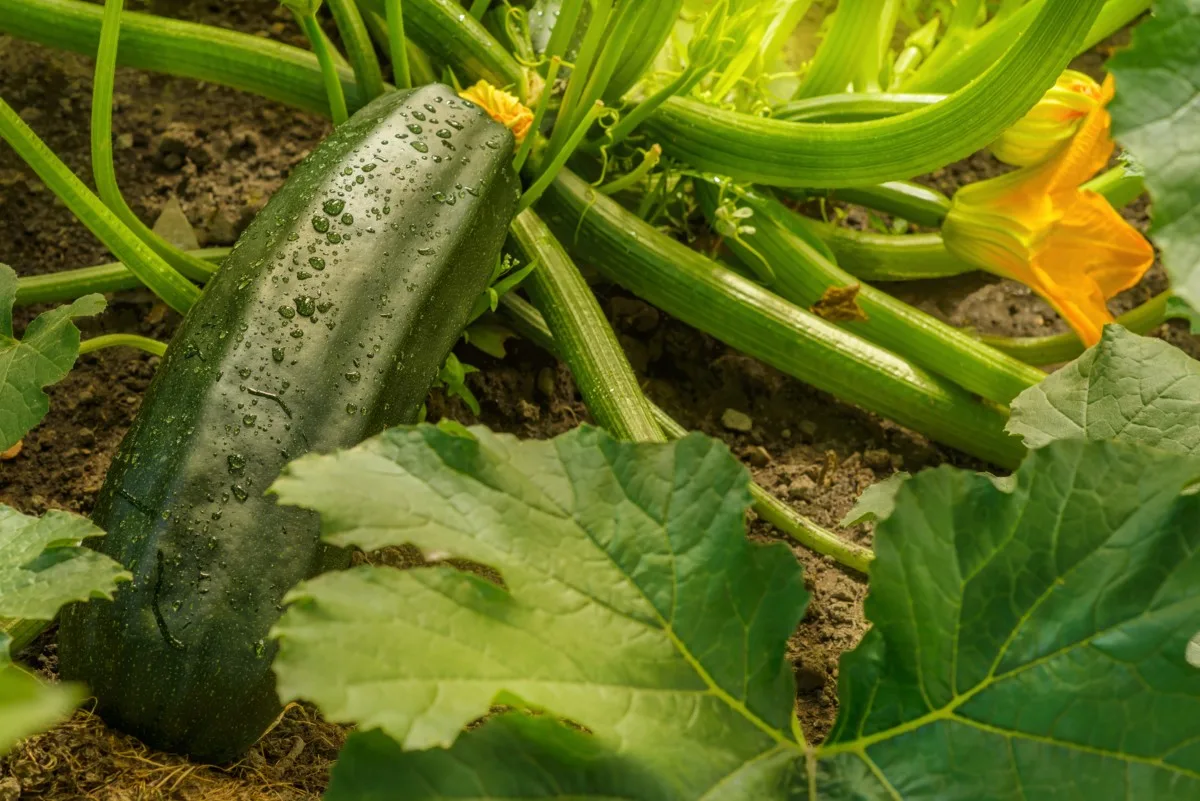
And you may be surprised to find that the squash you thought was too small yesterday is ready to pick today. They grow at an incredible speed. Just keep picking, and your zucchini will keep producing.
6. Plant Another Zucchini
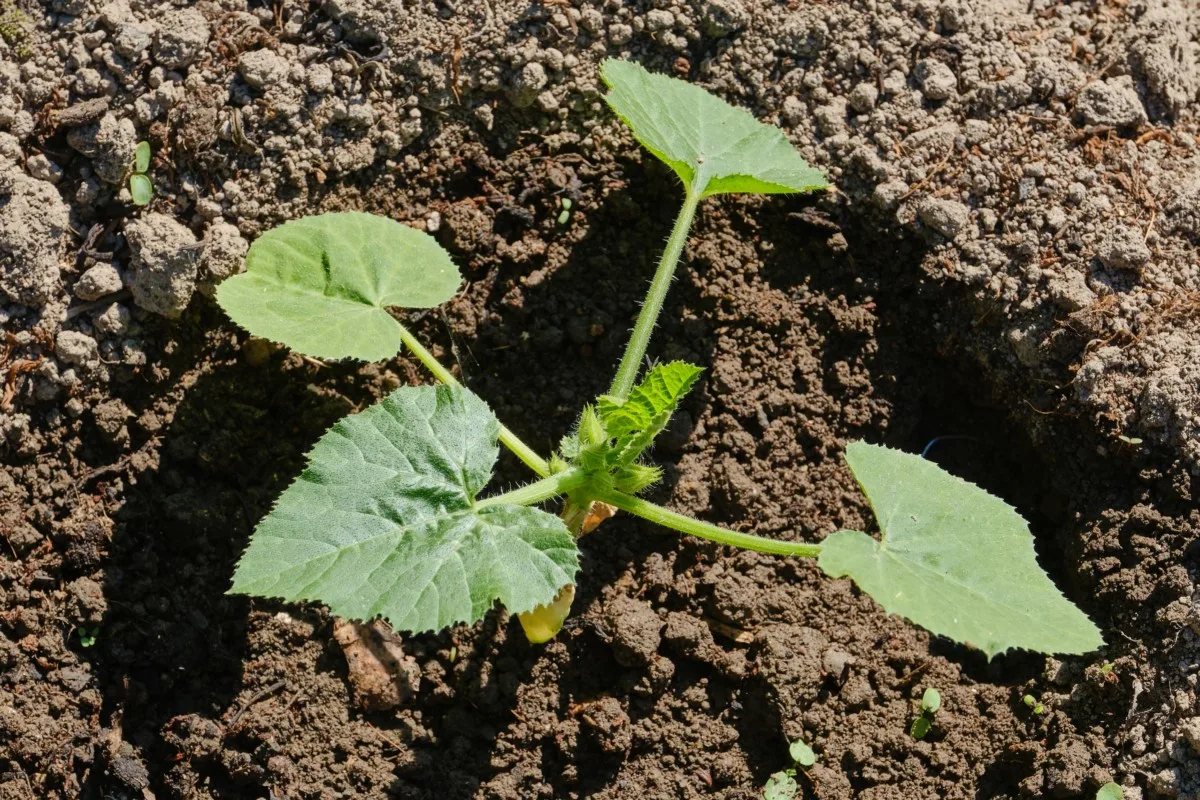
And finally, my last tip for boosting your zucchini yield is getting another plant in the ground between mid-June and the beginning of July. By planting another zucchini plant later in the season, you’ve got back up if one of the plants you start at the beginning of the season succumbs to pests or disease.
Not only is your second zucchini planting your plan B, but even if your other plants are doing fine, this newer plant will hit the mid-season with all the energy and production that your first zucchini did. You’ll be extending your season a bit. Late in the growing season, as your first zucchinis begin to slow down, you’ll have your second plantings to take you right up into your first frost.
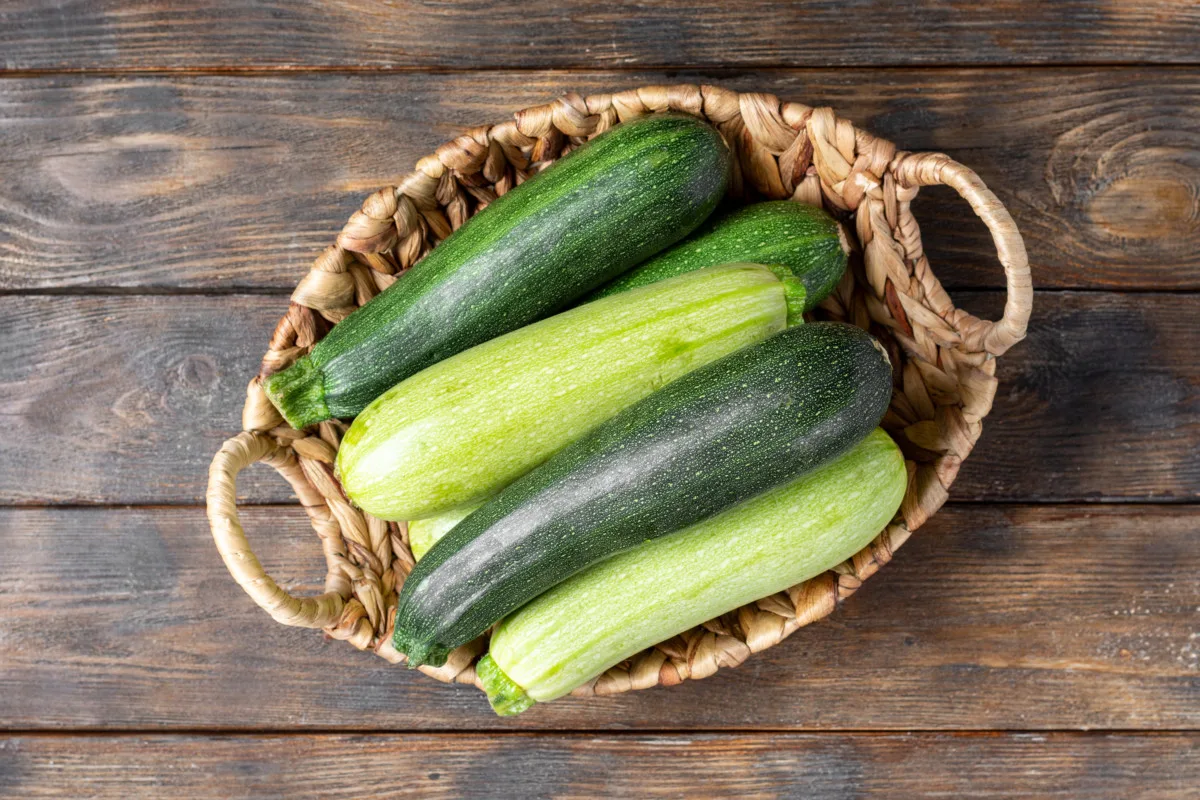
Now that you know the secrets to growing a cache of zucchini, you’re likely to have zucchini up to your eyeballs! I hope you have a plan for what to do with all of them.
How about zucchini relish or hiding them in your neighbor’s mailbox? Failing that here are fourteen great ideas to preserve a glut of zucchini.

Get the famous Rural Sprout newsletter delivered to your inbox.
Including Sunday musings from our editor, Tracey, as well as “What’s Up Wednesday” our roundup of what’s in season and new article updates and alerts.


